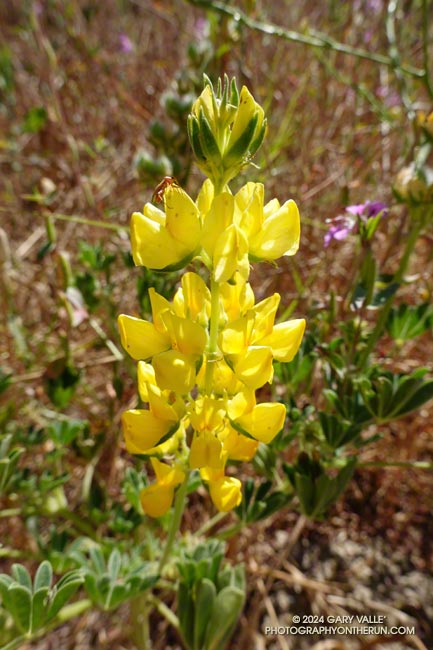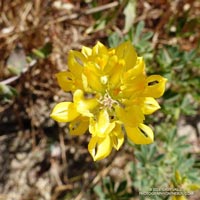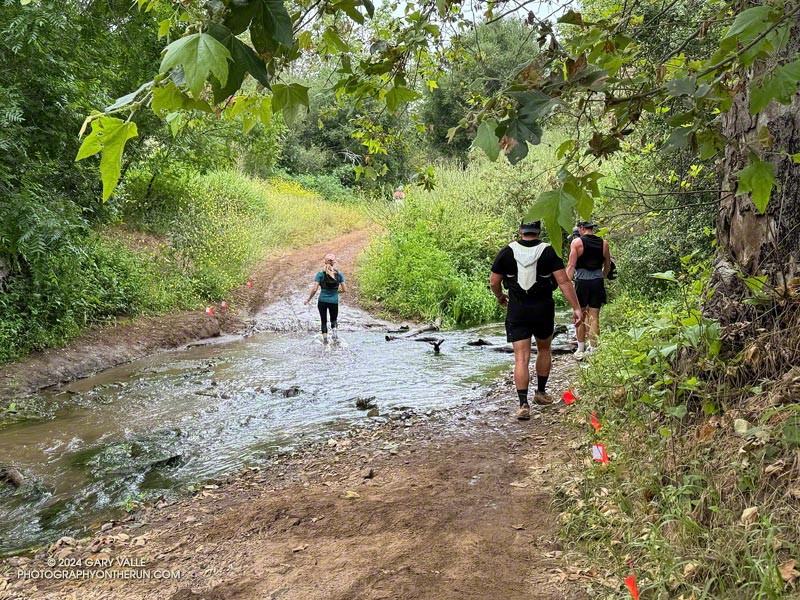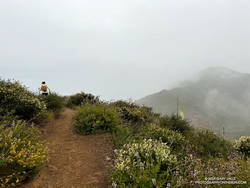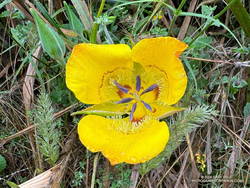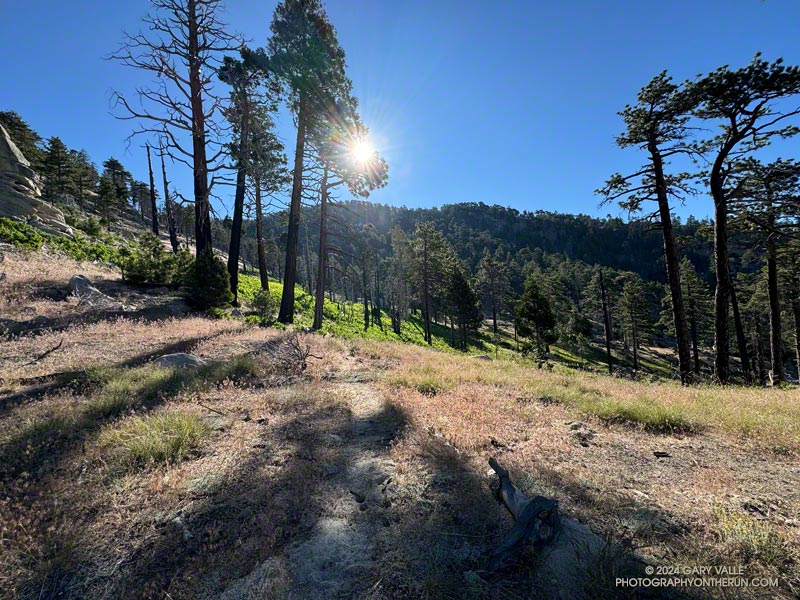
When Angeles Crest Highway opened between Upper Big Tujunga Road and Islip Saddle last Fall, I jumped on the chance to do the Three Points loop around Mt. Waterman. When in good condition and with good weather, the 20+ mile loop is one of my favorites. That day, the trail conditions could have been better.
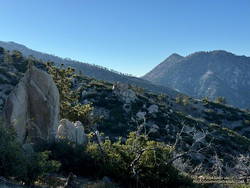
Turn the clock forward to this Spring, and once again, road closures were limiting access to Three Points. Angeles Crest Highway was still closed between Red Box and Upper Big Tujunga Canyon Road, and the alternate route — Upper Big Tujunga Canyon Road — was “Only Open To Contractors, Residents, & Emergency Vehicles.” Recently, the Los Angeles County Road Closures website updated the status of Upper Big Tujunga Canyon Road to “Access Limited, Expect Delays.”
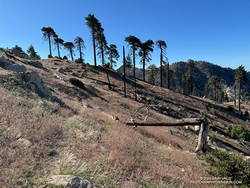
Excited to get back on the Three Points Loop, on Sunday I found myself motoring up Upper Big Tujunga Canyon Road, headed for the Three Points Trailhead. There were no problems or delays getting to Angeles Crest Highway, and I pulled into the Three Points parking lot at about 6:30 a.m.
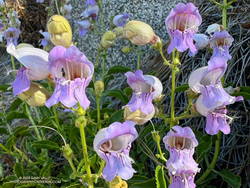
Having done the Three Points Loop many times and in a variety of conditions, I didn’t think much about the difficulties on the loop in November. Like others that relish the outdoors, my brain is very good at shaping memories so as to emphasize the positive and downplay — or outright ignore — the negative.
I’d checked the weather — a Heat Advisory had been issued for the San Gabriel Mountains, and there was a chance of thunderstorms from a dissipating tropical storm. A key part of the loop, Cooper Canyon, has a rep for being hot. Much of the PCT on that stretch is on sparsely-forested, south-facing slopes. My thought was that maybe there would be enough clouds to take the edge off the heat.
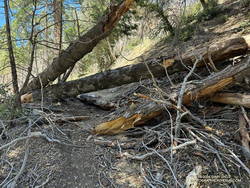
Nope! The in the sun temperature in Cooper Canyon was around 100 degrees. The good news was Buckhorn Campground was open and my favorite water faucet had plenty of water. Plus, the creek in Cooper Canyon was running, so I could cool off and supplement my water.
The trail conditions were virtually identical to those last November, but with heat added. The Three Points — Mt. Waterman Trail was a bit overgrown, and there were many downed trees across the trail. In November there was a particularly inconvenient tree blocking the PCT on the north side of the creek, just west of the Burkhart Trail junction, and it was still there today.
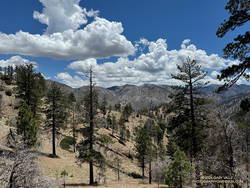
There seemed to be more Poodle-dog bush than back in November, or maybe it was easier to spot because it was blooming. The big winner among the multitude of wildflowers was beardtongue penstemon, which was blooming profusely on some of the slopes burned in the Bobcat Fire. Other wildflowers I saw along the trail included bigleaf lupine, little paintbrush, scarlet monkeyflower, narrow-leaved lotus, golden yarrow, gilia, wallflower, and red columbine.
Because of the trail conditions, heat, and altitude, the Three Points Loop today was more difficult than the 50K I ran two weeks ago!
This high resolution, interactive, 3-D terrain view shows the Three Points Loop (yellow) along with a couple of options (red). The side trip to the summit of Mt. Waterman adds about 1.75 miles to the run.
Some related posts:
– Three Points Loop Following the Reopening of Angeles Crest Highway
– Cool Weather, Old Trees, Grape Soda Lupine and a Restored Trail
– Three Points Loop Adventure – July 2020

